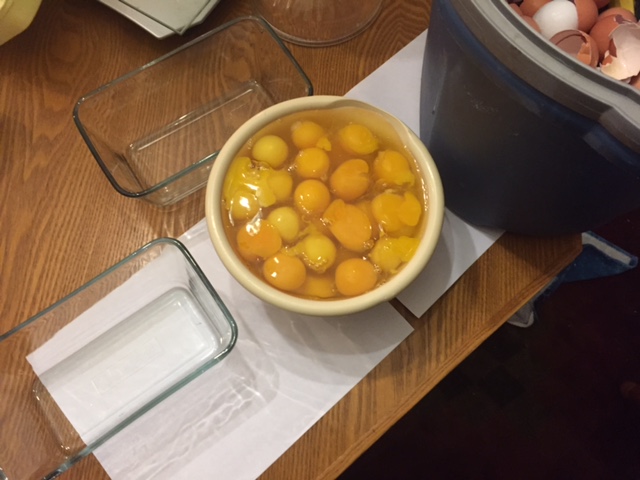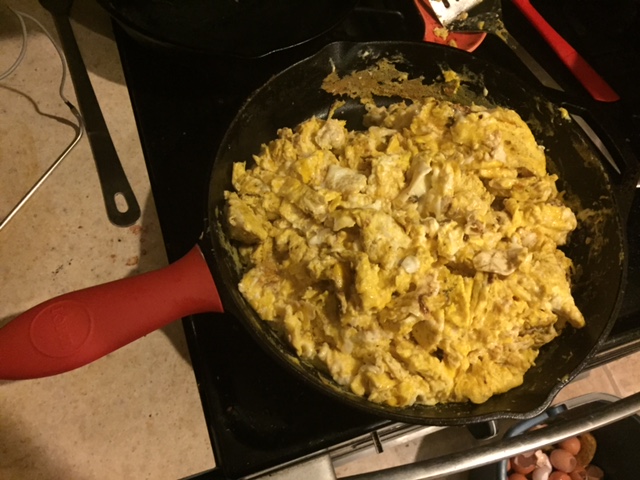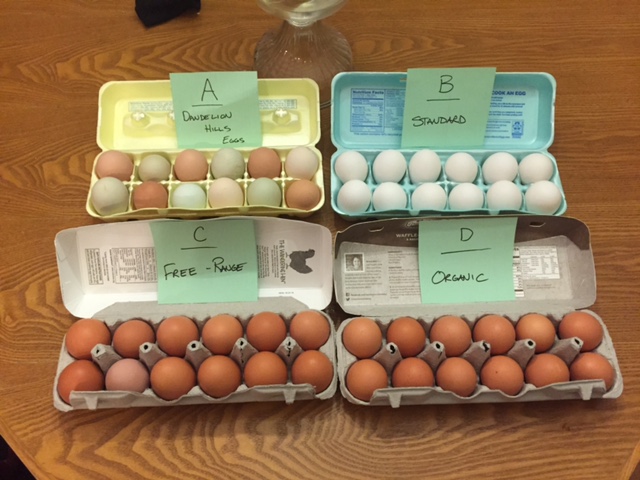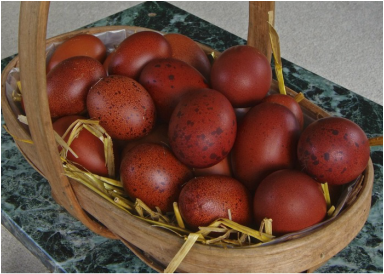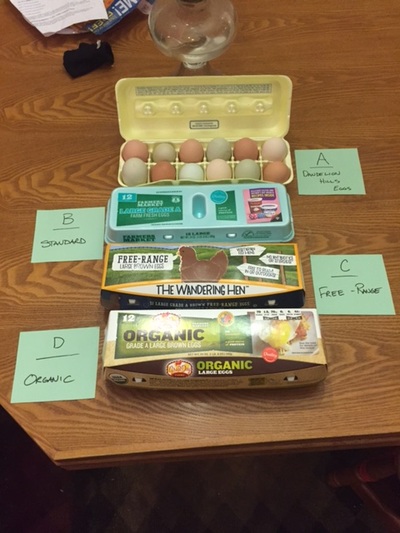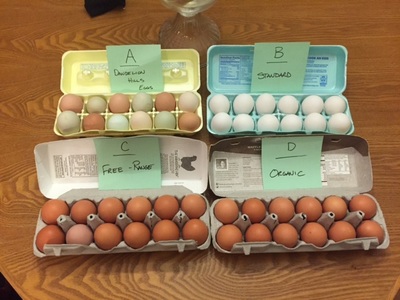1. Prettiest - Dandelion Hills
2. Cheapest - Standard Eggs
3. Best Color Yolks - Dandelion Hills
4. Biggest Yolks - Dandelion Hills
5. Thickest Yolks - Dandelion Hills
6. Most Transparent provider - Dandelion Hills
7. Happiest Chickens - Dandelion Hills
8. Best Over Easy Egg - Dandelion Hills
9. Freshest Egg - Dandelion Hills
10. Most Nutritious Egg - Dandelion Hills
Some of these are subjective, but I think that overall Dandelion Hills Eggs are better in most, if not all categories. Ok, so we aren't the cheapest. That is okay, because our product is better. A solid second place in most categories are the Free Range Eggs. They would be the ones I would buy next in line if I needed to purchase eggs at a store. Bust of The EGGSperiment - organic eggs. Not impressed at all!
I realize that not everyone can come get our eggs, but if interested let us know and we can get you on the list for some pronto. However, if you are outside of our zone, then I recommend finding someone that is raising hens similar to us or just stick with farm fresh eggs. If you see someone selling eggs at their house, go take a look around. If you like what you see, then buy from them. Eggs in stores are a perishable good, while eggs from farms could be better described as calorie storage vessels, considering you may get over a month of time from a fresh egg, especially if they are unwashed. I saw a Facebook post earlier in the week where a lady packaged up two dozen of her eggs for camping. No cooler needed. This is very handy and we have done the same. As long as an egg has never been washed or refrigerated, feel free to keep them at room temperature until use. Wash before use and enjoy!
So why $4.00 a dozen? Because they are worth it. Plus, we are in this to pay for our operation and our eggs. This is not just a hobby for us. Organic feed is expensive and don't forget that we spent hundreds of dollars on feed before we even got an egg. Plus, we are feeding Charlie the Rooster, who does a great job of protecting his ladies. Also, he had a 95% fertilization success rate from the eggs we chose for incubation. One rooster + 26 laying hens = well you do the math! Other expenses that are necessary for a good operation include calcium grit so they can have "teeth" in their gizzard, materials for dustbaths, the money spent on the coop, electronet fencing, time costs, costs of the original chickens when purchased as chicks, watering methods, fodder feed and seed. All this goes into good eggs and happy hens. So keep that in mind when hesitating to pay for something that is of good quality in the food realm. Time, care, humane treatment, and good infrastructure all cost money and time and need to be reimbursed. If a person cares for animals and cares to be profitable, they will have to charge more than CAFO producers to be profitable.
Final Note: I just heard that egg prices in some areas have increased due to the Avian Flu outbreak at CAFO egg houses. Standard eggs prices are increasing to $3.00 a dozen. Think of us if you are on the way to the grocery store for eggs. We are only a dollar more and way better. Come on out and we will introduce you to the girls that do all the work
Trevor
In case you missed the rest of the EGGSperiment series:
http://dandelionhills.weebly.com/blog/the-eggsperiment-part-one
http://dandelionhills.weebly.com/blog/the-eggsperiment-part-two
http://dandelionhills.weebly.com/blog/the-eggsperiment-part-three
http://dandelionhills.weebly.com/blog/the-eggsperiment-part-four
